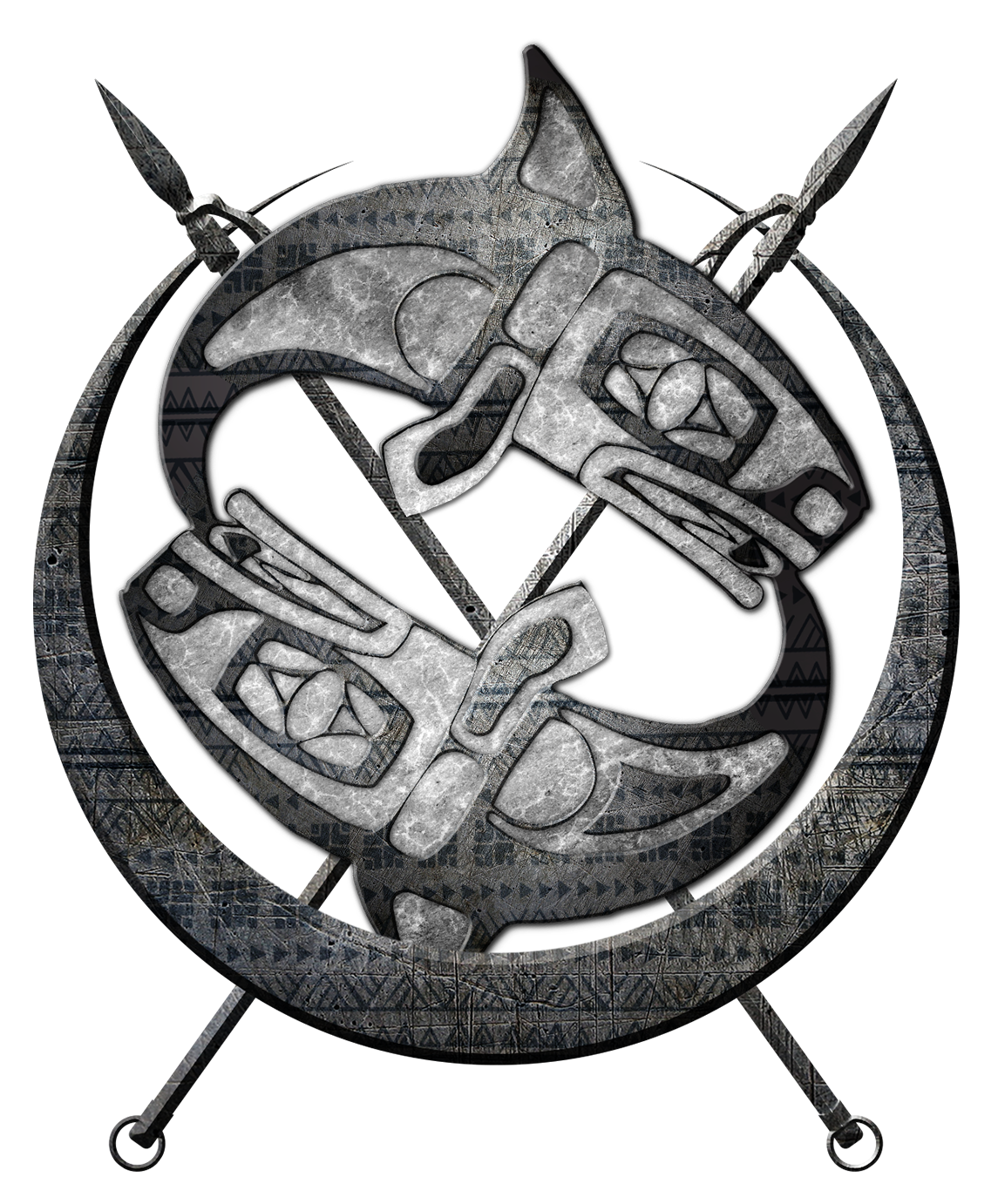Red Men
The Red Men were the imperial guard of the Empire of Amur, used by the Emperor for his personal protection, and for maintaining peace and stability throughout the united empire.
Origins and History
The kingdoms which existed prior to the Empire generally functioned on a quasi-feudal structure. The kings in the major cities received tribute from the khadir and majakhadir under them, and a portion of this tribute consisted of young men conscripted to serve in the king’s military, sent with arms provided by the tributary. The standing armies were relatively small, but in times of war kings would demand larger levies in order to defend the kingdom or expand its borders. In the bellicose later years of the Seven Kingdoms period, the king of Sravi had taken to maintaining a much larger standing army in order to meet the number of threats on all sides, and he provided them with the customary red uniforms which became the hallmark of the Red Men.
When the Emperor Aidasa united Amur, he did away with this system for imperial purposes. He restricted the size of the armies that the kings themselves could raise in order to limit their ability to foment rebellion, and he set up an orderly system of imperial conscription to provide a permanent standing army for the Empire. However, he took the existing armies of Sravi (now called Majasravi) and Davrakhanda and united them in the fortress of the Dhigvaditya in Majasravi, then further increased their size with a regular imperial conscription system.
Under Aidasa, an imperial census-taker would pass through a village every five years (later reduced to every three years) and select a number of conscripts. These conscripts were sent directly to the capitol for training, rather than being trained in the local cities, where they were heavily indoctrinated in the ideology, history, and purpose of the Red Men and loyalty to the Emperor.
Despite this indoctrination, the Red Men were not always perfectly loyal. Most notably, Kupshira the Emperor’s Spear (the leader of the Red Men) led a successful coup against the Emperor with the backing of the Red Men and established himself as Emperor. Under Kupshira’s dynasty the size of the Red Men increased and the frequency of the census was increased from once every five years to once every three years. But the Kupshira Emperors were also suspicious of the Red Men’s leadership, and tended to meddle in the upper ranks much more than the Aidasa Emperors had in hopes of staving off further coups.
Structure and divisions
The headquarters for the Red Men was the Dhigvaditya, the impregnable stone fortress in Majasravi. There were three divisions of the Red Men:
- The division of Majasravi, which was quartered in the Dhigvaditya
- The division of Gumadha, quartered in the Triple Fortress of that city
- The roving division, which had no permanent home but moved as required throughout Amur. The roving division was typically housed either in Majasravi or in Jaitha if it was not needed elsewhere.
The ranks within the Red Men were:
| Amuran name | Translation | Size of command |
|---|---|---|
| jatta | Soldier (literally “peasant”) | |
| prana | Sergeant | Commands a squadron of 8 soldiers |
| acunda | Corporal | Commands a “century” consisting of 12 squadrons (96 men) |
| madhru | Lieutenant | Commands a “company” with 10 centuries (960 men) |
| jagdi | Captain | Commands a “division” with a variable number of lieutenants (typically 5-15) |
| daridaryakami | Emperor’s Spear | Chief of all of the Red Men |
The Emperor’s Spear was in charge of all of the Red Men, with the three captains of divisions mentioned above directly responsible to him. The Emperor’s Spear was considered one of the two most important offices in the Empire after the Emperor himself, equal to the Emperor’s Hand. The Emperor’s Spear also handled the office of conscription which performed the census and brought in conscripts.
